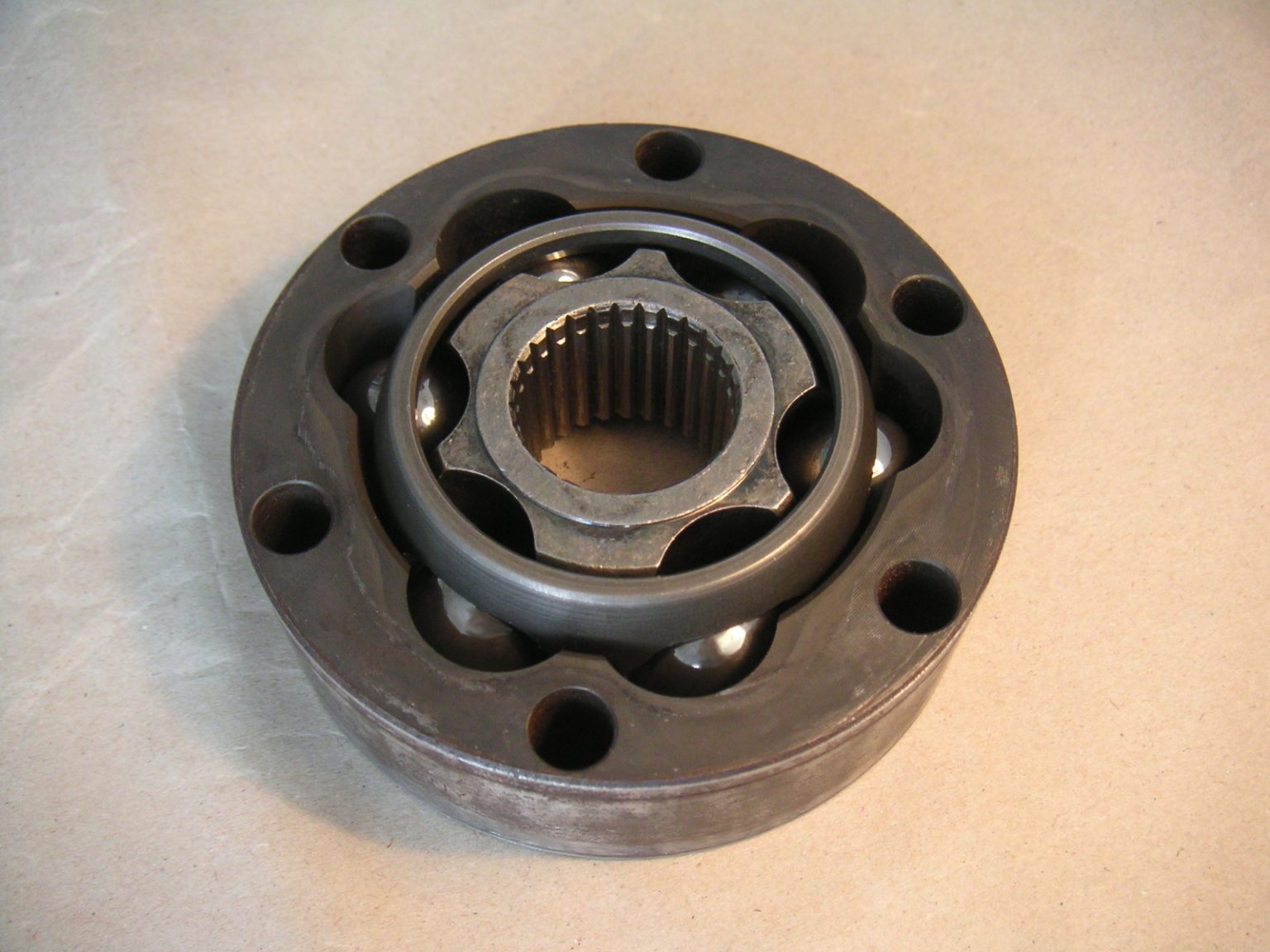

Hey there, fellow car enthusiast! If you’re in the United States, you likely have a deep appreciation for the mechanical wonders that power our vehicles. One critical component that ensures smooth gear shifting in your car is the clutch release bearing. In this comprehensive guide, we’ll explore everything you need to know about clutch release bearings, from recognizing symptoms of issues to finding solutions and understanding the pricing involved.
To truly appreciate the clutch release bearing, it’s essential to understand its role in your car’s manual transmission system. This small but critical component is located in the bell housing of your transmission and plays a vital part in ensuring smooth and precise gear shifts.
When you depress the clutch pedal, the clutch release bearing, also known as the throwout bearing, disengages the clutch disc from the flywheel. This action interrupts the power flow from the engine to the transmission, allowing you to shift gears smoothly. When you release the clutch pedal, the bearing re-engages the clutch, and power is once again transmitted to the wheels.
Just like any mechanical part, clutch release bearings can wear out over time. Here are some common symptoms that may indicate an issue with your clutch release bearing:
If you hear a high-pitched or grinding noise when you depress the clutch pedal, it’s a potential sign of a failing release bearing. These noises can indicate worn-out bearings or inadequate lubrication.
A clutch release bearing problem can result in difficulty when shifting gears, particularly when you’re moving from a standstill. You might experience resistance, grinding, or gear slippage.
Vibrations or shuddering sensations through the clutch pedal can be a sign that the bearing is not working smoothly. This can affect your overall driving experience.
If the clutch release bearing is failing, it may not fully disengage the clutch, leading to clutch slippage. This can result in power loss, poor acceleration, and a burning smell from the clutch.

If you’re experiencing any of the symptoms mentioned, it’s essential to address clutch release bearing issues promptly to prevent further damage. Here are some solutions to consider:
The most common solution for a failing clutch release bearing is to replace it. This involves disassembling the transmission to access the bearing, so it’s a labor-intensive process. It’s often recommended to replace the clutch and pressure plate while the transmission is already disassembled, as these components tend to wear out together.
If you’re not experienced in transmission work, it’s wise to have a professional mechanic inspect your clutch release bearing. They can accurately diagnose the issue and recommend the necessary repairs.
In some cases, unusual noises and vibrations can be due to inadequate lubrication. Applying grease or lubricant to the release bearing can sometimes resolve minor issues. However, this is a temporary fix, and a bearing replacement will likely be needed eventually.
The cost of addressing clutch release bearing issues can vary depending on several factors:
While clutch release bearing issues can occur naturally over time, there are some steps you can take to potentially extend the life of this critical component:
The clutch release bearing might be a small component, but it plays a significant role in the smooth operation of your manual transmission. Being aware of the symptoms of release bearing issues and addressing them promptly can prevent more extensive and costly repairs down the road. Remember that your car’s performance and your driving experience depend on the health of these vital components. So, keep your beloved vehicle running smoothly, and enjoy every moment behind the wheel.